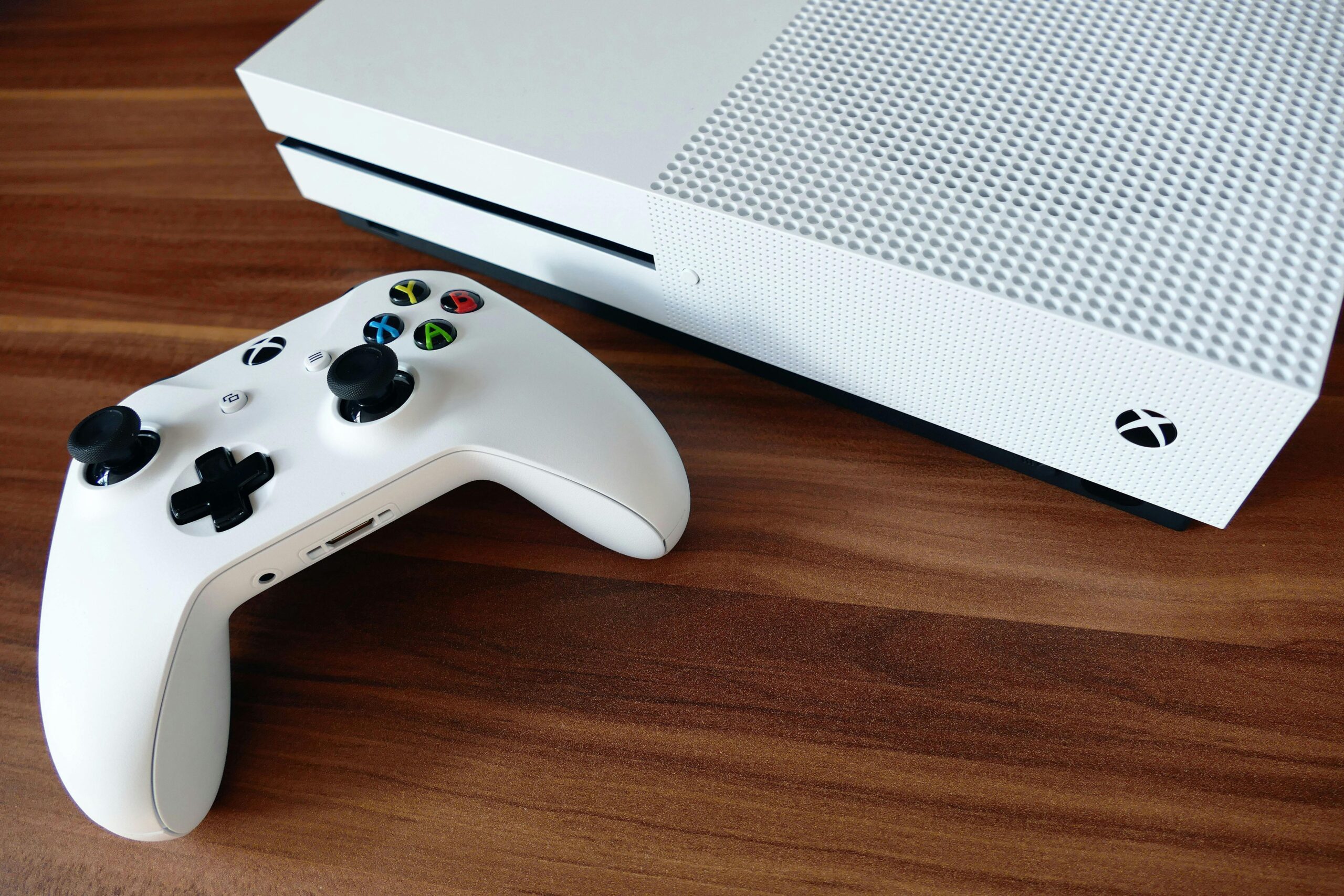
Introduction
With Microsoft announcing its next-gen follow-up the popular Xbox One series consoles, the Xbox Series X, gamers around the world have begun to speculate about what kind of performance the console will be able to achieve and what the hardware is that will achieve it. Recently, Microsoft announced a preliminary list of specifications for the new console with more details planned to be revealed originally at this year’s E3 gaming convention. Now with E3’s cancellation they may decide to broadcast them independently elsewhere, regardless we will let you know when they release more information.
In this article, we will discuss the level of performance you should expect to get out of the Xbox Series X based on the released specifications and determine how it will stack up against the most powerful PC Gaming components currently available.
Microsoft revealed that the new Xbox Series X will include a new Navi GPU based on AMD’s RDNA-2 architecture. Some of you may recognize the RDNA architecture as it was introduced with the first wave of new Navi GPUs that included popular graphics cards like the AMD Radeon RX 5700 XT 50th Anniversary (100-438336) and the SAPPHIRE RX 5700 XT NITRO+ (11293-03-40G). Those cards introduced many firsts to the GPU world such as PCI Express 4.0 compatibility, and they also were the first line of AMD GPUs to utilize Radeon’s new RDNA architecture. The architecture was engineered to greatly enhance features like Radeon Image Sharpening, FidelityFX, and VR technologies. While seen as a huge step forward, RDNA lacked the real-time ray tracing capabilities of NVIDIA’s RTX series graphic cards. RDNA-2, the follow-up to the first RDNA architecture, is what the new Xbox Series X will run on. Described by AMD as a “refresh” of the RDNA-1 architecture, RDNA-2 boasts major improvements over its predecessor. According to AMD, RDNA-2 will provide a “50% performance-per-watt improvement over RDNA 1 ” meaning faster clock speeds and instructions per clock. Additionally, the new architecture will include real-time hardware accelerated ray tracing RDNA-1 lacked, and will also provide variable rate shading. It has been speculated that RDNA-2 will serve as the architecture for AMD’s next line of GPUs of which there is a GPU rumored to surpass the performance of the RTX 2080 Ti by 30%. See more here!
Hardware Specifications
The initial specifications released by Microsoft indicate that the new Xbox Series X will pack a serious performance punch. Listed below are the current set of specifications that have been confirmed by Microsoft:
- Processor – AMD CPU based on Zen-2 (8x @ 3.6 GHz)
- Graphics – Custom AMD Navi-based GPU (12 Teraflops)
- Memory – 16GB GDDR6 RAM
- Storage – NVMe SSD
- Video Output – 8k, 4K
- Ports – 3x USB-A, HDMI 2.1
While there is little in the way of specifics at the moment, we do know that the Xbox Series X will include a custom 8-core AMD CPU based on the Zen-2 and RDNA-2 architecture offer 12 teraflops of GPU performance. For those who are unaware, teraflops are a unit of computing speed used for GPUs. To put this into perspective, the NVIDIA RTX 2080 SUPER GPU has approximately 11 teraflops while the NVIDIA RTX 2080 Ti has 13.5 teraflops. The new Xbox falls right in between those two cards and runs just behind the 2080 Ti. The new console also boasts 16GB of GDDR6 of RAM and Microsoft claims that the card will be capable of outputting 8k, 4k, and “support for up to 120 fps”. While vague, it’s certain that the new Xbox will be capable of outputting impressive video quality.
Closing Thoughts
There are still many questions about Microsoft’s new console:
Q: When is the console going to be released?
Microsoft still has not given an exact release date of when the new console will be released but some speculated that an announcement was coming at this year’s E3 prior to its cancellation. Now we will have to wait and see instead!
Q: How hefty will the price tag be?
There is no information currently about what the new system will cost you if you want to get your hands on it. However, even if the console were to retail for $1,000 (approximately double that of the Xbox One) it would still be substantially cheaper than a PC build of the highest specifications – albeit less powerful.
Despite these questions, one thing for certain is that the system is shaping up to be a game changer in the home entertainment console industry.


Recent Comments